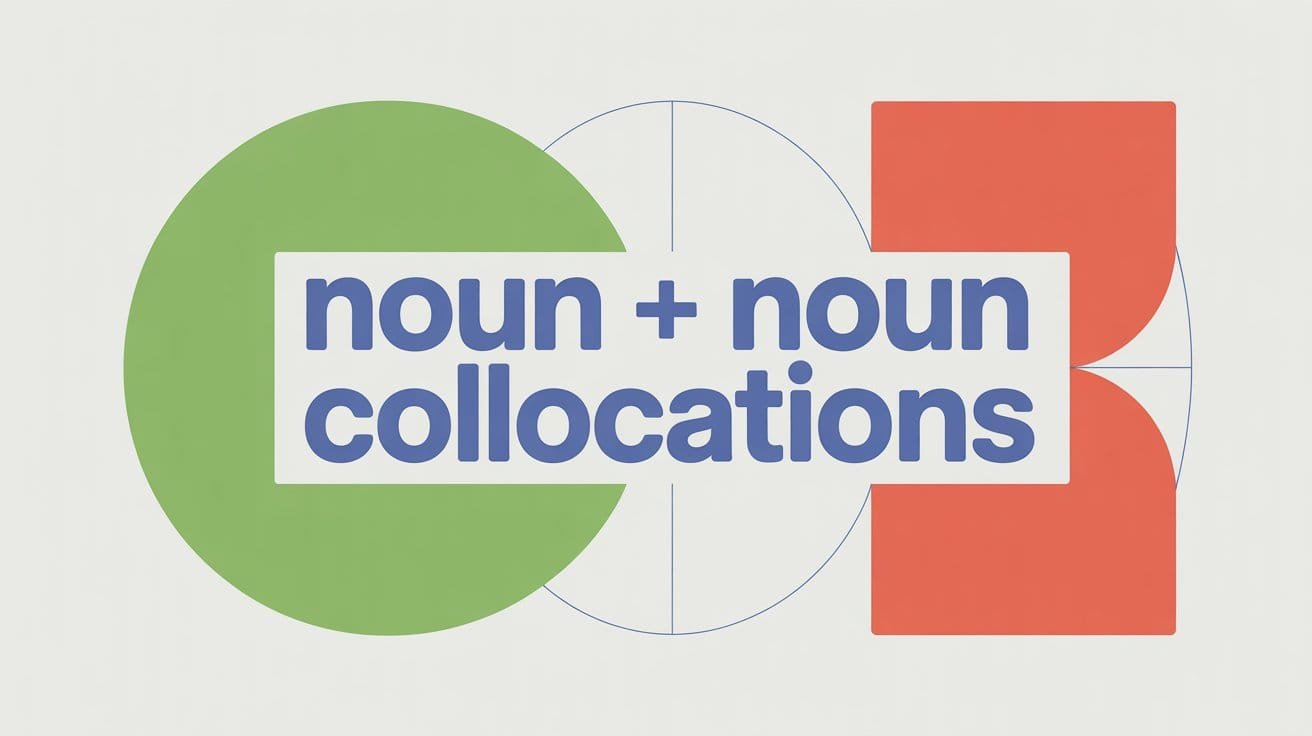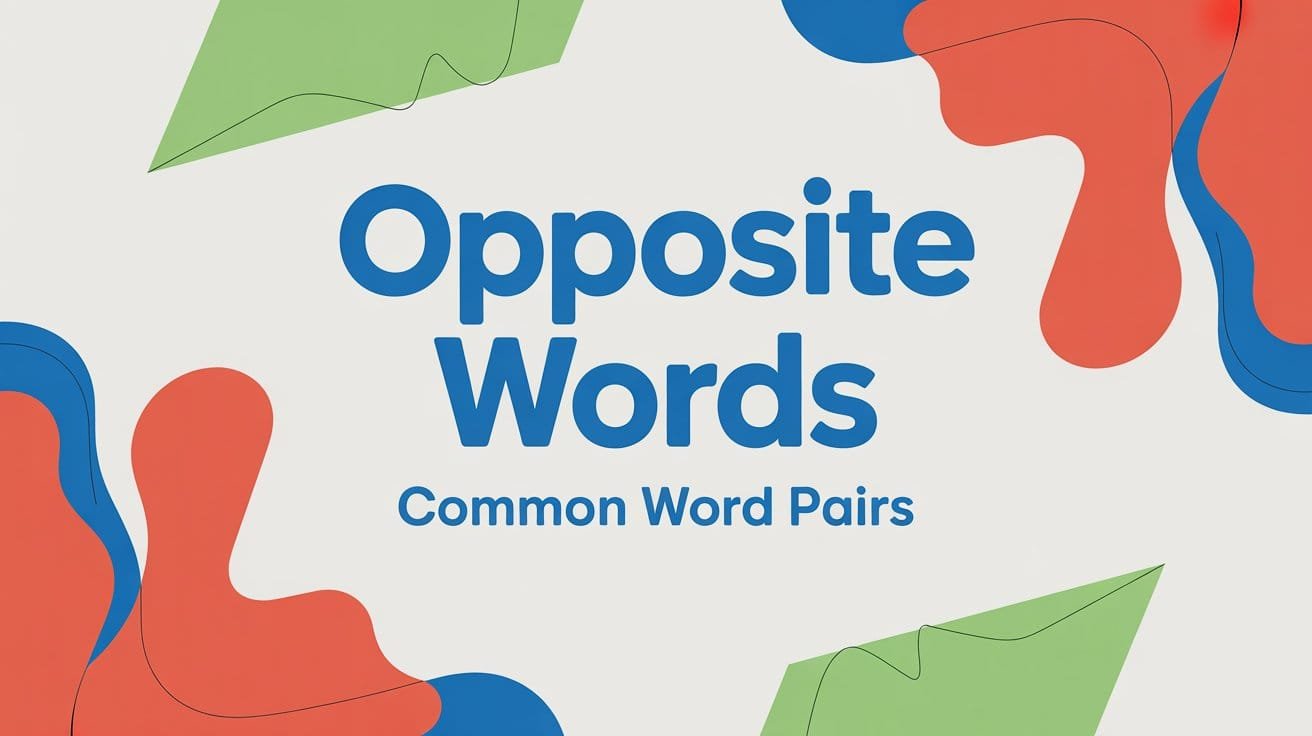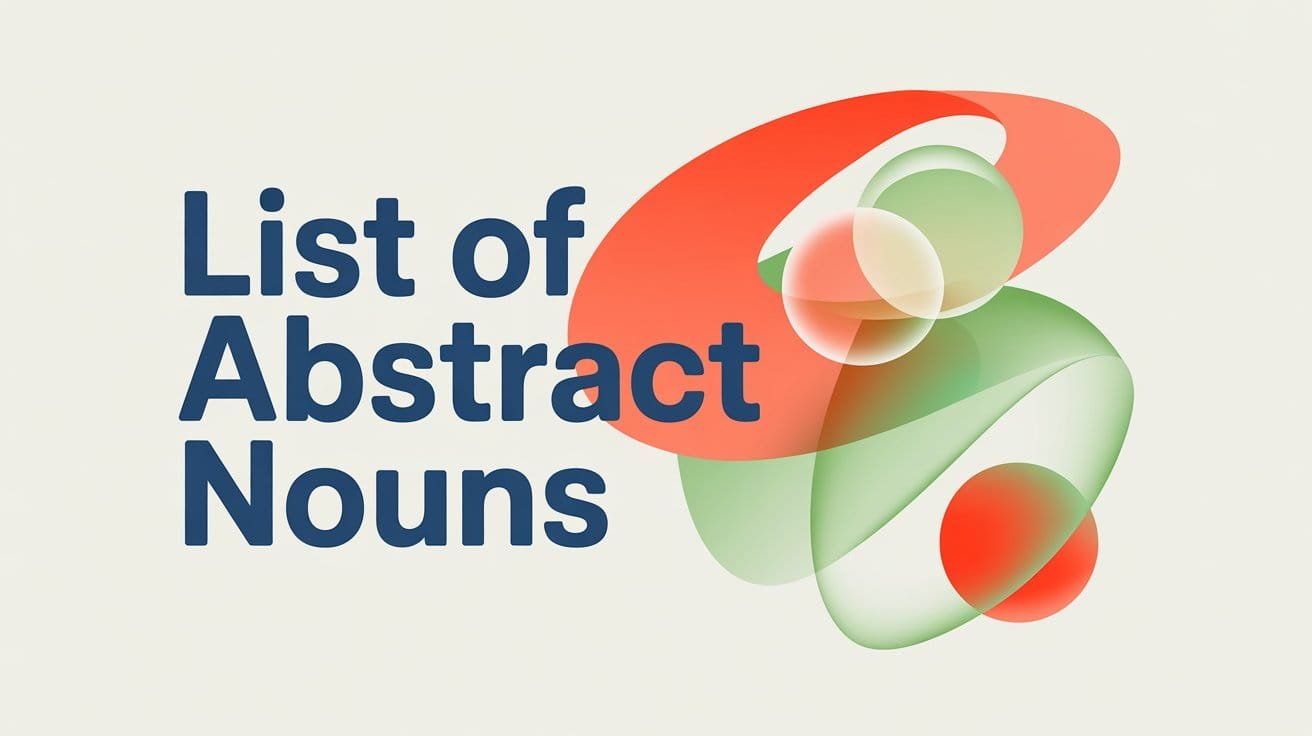In English, certain nouns naturally appear together to form expressions that sound right to native speakers. We say climate change, traffic jam, and data analysis — not climate alteration or traffic block. These natural word pairings are called noun + noun collocations, and they make your English sound fluent and authentic.
Collocations like these are everywhere, in news articles, business reports, and everyday conversations. Learning them helps you understand real English faster and express ideas more precisely.
In this guide, you’ll explore common noun noun collocations used in both everyday and academic English, see how they form meaningful units, and learn practical ways to use them naturally in your own sentences.
Understanding Noun + Noun Collocations
A noun + noun collocation is a natural pairing of two nouns that frequently occur together and convey a single idea. These combinations sound right to native speakers because they’ve become fixed through repeated use in real communication.
For example, coffee shop, data analysis, and decision making are all noun + noun collocations. Each pair feels natural and instantly clear in meaning, while alternatives like coffee store or decision creation sound unusual or forced.
Why Not All Noun + Noun Pairs Are Collocations
Grammatically, you can place any two nouns together — but not every combination is used in English. A phrase becomes a collocation only when it appears frequently enough to feel natural.
Consider these examples:
- market forces ✅ sounds natural — it’s a fixed, meaningful phrase.
- market items ❌ is grammatically fine but rarely used.
- school bus ✅ is a common collocation.
- school vehicle ❌ sounds unnatural, even though it makes sense logically.
- traffic jam ✅ is fixed.
- traffic block ❌ isn’t idiomatic.
Common Noun + Noun Collocations (with Examples)
Noun + noun collocations appear constantly in English. They describe objects, ideas, systems, and everyday situations. Learning them helps you use English naturally and understand native speakers more easily.
Here are some of the most common noun + noun combinations used in everyday English, grouped by theme.
Everyday Life and Places
- coffee shop — We met at a small coffee shop near the station.
- school bus — The school bus arrives at 8:15 every morning.
- grocery store — I stopped by the grocery store to buy milk.
- parking lot — There’s no space left in the parking lot.
- city center — The city center is always crowded on weekends.
- dining room — They decorated the dining room with new curtains.
- train station — We’ll meet at the train station before 7 p.m.
- phone call — I just received an important phone call.
- wedding ceremony — The wedding ceremony took place in a garden.
- sports club — He joined a sports club to stay active.
Work and Business
- job interview — She has a job interview tomorrow morning.
- business meeting — The business meeting was scheduled for Monday.
- company policy — The new company policy encourages remote work.
- customer service — Good customer service keeps clients loyal.
- sales report — The manager reviewed the monthly sales report.
- marketing strategy — They discussed a new marketing strategy for the product.
- project deadline — We’re working hard to meet the project deadline.
- career path — He’s exploring a new career path in design.
- financial risk — Investors need to assess financial risk carefully.
- product launch — The product launch attracted a lot of attention.
Education and Learning
- research paper — She’s writing a research paper on environmental law.
- language course — I joined an online language course last month.
- exam result — The exam results will be announced on Friday.
- study group — Our study group meets twice a week.
- school uniform — All students must wear the school uniform.
- class schedule — The new class schedule is available online.
- lesson plan — Teachers prepare a detailed lesson plan for each topic.
- college campus — The college campus has a beautiful garden.
- science project — Their science project won first prize.
- student council — The student council organizes cultural events.
Nature and Environment
- climate change — Climate change affects ecosystems worldwide.
- natural disaster — The flood was the worst natural disaster in years.
- air pollution — Air pollution is a growing concern in big cities.
- water shortage — Some regions suffer from water shortage during summer.
- energy source — Solar power is a clean energy source.
- animal habitat — Deforestation destroys many animal habitats.
- weather forecast — The weather forecast predicts heavy rain.
- ocean current — Ocean currents influence global climate patterns.
- forest fire — Firefighters contained the forest fire by evening.
- carbon footprint — We should reduce our carbon footprint by recycling.
Media and Technology
- social media — Businesses use social media to reach more customers.
- news report — The news report covered the recent elections.
- online platform — She teaches through an online platform.
- internet connection — The internet connection was unstable last night.
- mobile phone — He left his mobile phone on the table.
- data analysis — The team conducted detailed data analysis.
- computer program — They developed a new computer program for schools.
- video call — We had a quick video call to discuss the project.
- password security — Good password security prevents hacking.
- digital device — Children spend hours on digital devices each day.
Noun + Noun Collocations in Academic English
- research findings — The research findings support the new theory.
- data collection — Accurate data collection is vital for reliable results.
- language acquisition — Children go through different stages of language acquisition.
- energy consumption — Reducing energy consumption helps protect the environment.
- population growth — Rapid population growth creates housing challenges.
- information system — The information system stores sensitive data.
- crime rate — The crime rate has decreased over the past decade.
- resource management — Effective resource management reduces waste.
- research method — They used a qualitative research method for the study.
- knowledge gap — This paper aims to address the existing knowledge gap.
Business and Professional Collocations
- market research — Conducting market research helps companies understand customer needs.
- investment portfolio — He expanded his investment portfolio last year.
- financial report — The financial report shows steady growth.
- company policy — Every employee must follow the company policy.
- risk assessment — The firm completed a detailed risk assessment.
- project management — Good project management ensures on-time delivery.
- product development — They’re focusing on product development this quarter.
- sales performance — The sales performance exceeded expectations.
- customer satisfaction — High customer satisfaction builds brand loyalty.
- business objective — Innovation is the company’s primary business objective.
Patterns and Types of Noun + Noun Collocations
Noun + noun collocations often follow predictable patterns. In most cases, the first noun acts like an adjective — describing or modifying the second noun.
Modifier + Main Noun
The first noun describes or specifies the second noun.
Examples:
- coffee mug — a mug used for coffee
- police station — a building for police officers
- science teacher — a teacher who teaches science
- computer screen — the screen of a computer
- book cover — the cover of a book
Abstract or Conceptual Combinations
These collocations often express ideas, systems, or organizations rather than physical objects.
Examples:
- education system — how a country organizes its schools
- justice system — the structure that enforces laws
- health care — services related to medical treatment
- time management — controlling how you spend time
- knowledge transfer — sharing information or expertise
Institutional or Organizational Collocations
These represent formal structures or recognized entities.
Examples:
- student council — a group representing students
- government agency — an official organization under the government
- human resources department — part of a company that manages employees
- research institute — a center focused on scientific study
- law firm — a business offering legal services
Material or Product Collocations
Used for physical objects, goods, or manufactured items.
Examples:
- steel bridge — a bridge made of steel
- paper bag — a bag made of paper
- wooden desk — a desk made of wood
- plastic bottle — a bottle made of plastic
- leather jacket — a jacket made of leather
Possessive or Relationship-Based Collocations
The first noun shows ownership, relation, or connection to the second noun.
Examples:
- company logo — the logo belonging to a company
- teacher training — training intended for teachers
- employee benefits — benefits provided to employees
- parent company — a company that owns another business
- member state — a country that belongs to an organization
Fixed or Idiomatic Noun + Noun Collocations
Some pairs are so established that they behave almost like single words.
Examples:
- traffic jam
- brain drain
- generation gap
- death penalty
- climate change
Mixed or Complex Noun Collocations
Not all noun collocations are limited to two words. In English, you’ll often find multi-word noun phrases that combine several nouns or include prepositional phrases. These extended combinations are common in formal writing, reports, and research, where ideas need to be expressed precisely.
Multi-Noun Clusters
Sometimes, three or more nouns appear together to describe one concept or structure.
Examples:
- climate change policy — The new climate change policy focuses on renewable energy.
- energy production system — They designed an efficient energy production system.
- customer service department — The customer service department handles all inquiries.
- data management plan — Every project requires a clear data management plan.
- project budget approval — The project budget approval process takes two weeks.
Noun + Noun + Prepositional Phrase
Some collocations include a preposition to show a relationship or category.
Examples:
- department of education — The Department of Education funds public schools.
- member of staff — Each member of staff received new ID cards.
- head of state — The head of state attended the national ceremony.
- center of excellence — The institute became a center of excellence in research.
- board of directors — The board of directors approved the merger.
Compound Collocations with Modifiers
In some collocations, one of the nouns has its own descriptive modifier, creating a longer but natural phrase.
Examples:
- long-term investment plan — They discussed a long-term investment plan for expansion.
- high school graduation ceremony — The high school graduation ceremony was emotional.
- global climate summit — Leaders attended the global climate summit in Geneva.
- public health campaign — The public health campaign raised awareness about nutrition.
- renewable energy project — The renewable energy project was funded by the government.
Complex Collocations That Form Set Expressions
Some longer combinations have become fixed expressions in modern English.
Examples:
- freedom of speech — Freedom of speech is protected by law.
- standard of living — The country’s standard of living has improved.
- balance of power — The treaty shifted the balance of power in the region.
- rule of law — A strong rule of law maintains justice in society.
- cost of living — The cost of living has risen sharply this year.
Frequently Asked Questions about Noun + Noun Collocations
What is a noun + noun collocation?
A noun + noun collocation is a natural combination of two nouns that frequently appear together in English. For example, climate change, school bus, and market research are common collocations that sound natural to native speakers because they are used often.
How do noun + noun collocations work in English?
In most cases, the first noun acts like an adjective that describes the second noun.
Example:
coffee cup → a cup used for coffee
language course → a course related to language
These combinations create clear and compact expressions without needing extra words.
What are some common noun + noun collocations?
Here are a few examples used in everyday English:
traffic jam
customer service
job interview
climate change
research paper
company policy
data analysis
business meeting
time management
social media
Are all two-noun phrases collocations?
No. Not every noun pair is a collocation. The phrase must be commonly used and recognized by native speakers.
Example:
market forces ✅ (common and natural)
market items ❌ (grammatically fine but rarely used)
Can a noun collocation have more than two words?
Yes. Many collocations extend into longer phrases.
Examples:
climate change policy
project management plan
customer service department
What is the difference between compound nouns and noun collocations?
A compound noun forms a single word or fixed unit (like toothbrush or raincoat).
A noun collocation remains two separate words but functions as one concept (like traffic jam or business meeting).
Both express one idea, but collocations are more flexible and can change depending on context.



